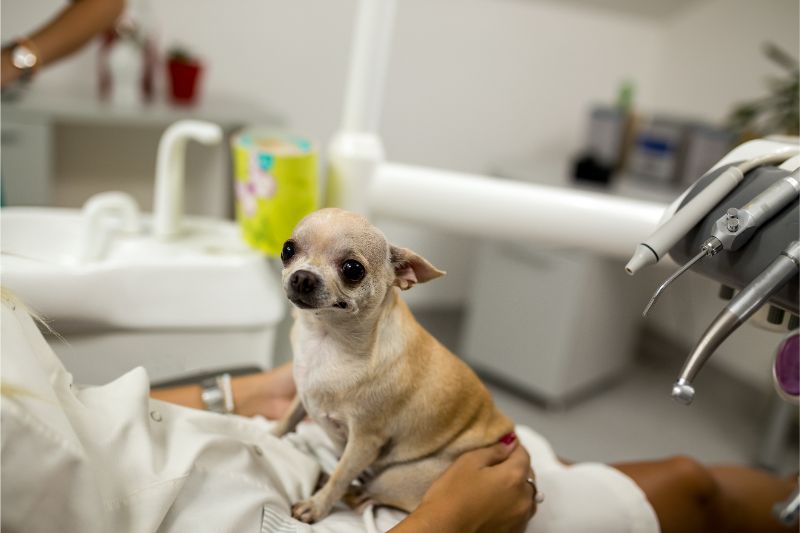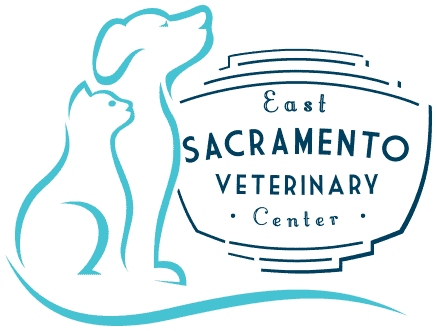What Can Owners Expect During a Pet Dental Exam?

A normal part of your pet’s wellness exam involves looking at the condition of the teeth and gums. The presence of tartar, cracked teeth, or reddened gums can definitely lead us to suspect that bigger problems are at play. Because the damage caused by periodontal disease occurs below the gum line, however, a pet dental exam gives us greater access to understand the extent.
Starting Early
Young animals lose their baby teeth when adult teeth grow in. A pet dental exam can be helpful to ascertain if the teeth are growing in normally. At this point, we can also help owners establish good practices at home. We can also look closely for any of the following:
- Bite misalignment
- Broken, cracked, or chipped teeth
- Infections
- Abscesses
- Cysts
- Tumors
- Pain
Pet Dental Health = Overall Pet Health
As for periodontal disease, there are few evident signs except for bad breath. Untreated, periodontal disease can cause severe issues in and around the oral cavity. But it’s the extent of systemic problems, such as kidney or heart disease, that motivates many owners to take extra care of their pet’s teeth and gums from an early age.
An Eye on Prevention
As pets grow older, oral bacteria forms into plaque that sticks to the teeth. In fact, more than 80% of cats and dogs over the age of 3 show evidence of plaque and tartar (hardened plaque mixed with minerals found in saliva). As tarter accumulates, the gums begin to recede.
Often, without a routine pet dental exam (and regular brushing at home), this preventable disease manages to get a foothold. In turn, the overall health of multiple teeth may be compromised and the major organs can be affected by oral bacteria entering the bloodstream.
Anticipating a Pet Dental Exam
In essence, a routine pet dental exam helps us identify any early signs of dental disease. Aside from addressing any obvious red flags, like gum inflammation or bleeding, drooling, bad breath, or pain, a routine pet dental exam can help prevent serious issues in the long term. This exam also provides an opportunity to ask questions about dental care at home, and things to watch out for as your pets age.
Awake or Asleep?
We perform pet dental exams while your pet is under anesthesia. The reasons for this are two-fold. Safety is our first priority, and pets that feel threatened can lash out violently. Secondly, we can always see more of what’s going on while a pet is still and secure. Digital x-rays help us see the whole picture of a pet’s mouth. Knowing the extent of any damage beneath the gum line supports diagnosis and treatment.
Safe & Secure
Anesthesia is not without risks, of course, but we take every precaution to ensure that an animal can safely tolerate anesthesia. While they are constantly monitored, we can quickly address dental concerns.
Depending on the case, we may forge ahead with cleaning, tooth removal, scaling, and other procedures (with an owner’s approval). Recovery may take a couple days, but pets are typically released the same day with directions for care at home.
We Are Here For Your Pets
Our team at East Sacramento Veterinary Center is always here to assist you. Please contact us with further questions or concerns regarding the benefits of a pet dental exam.
